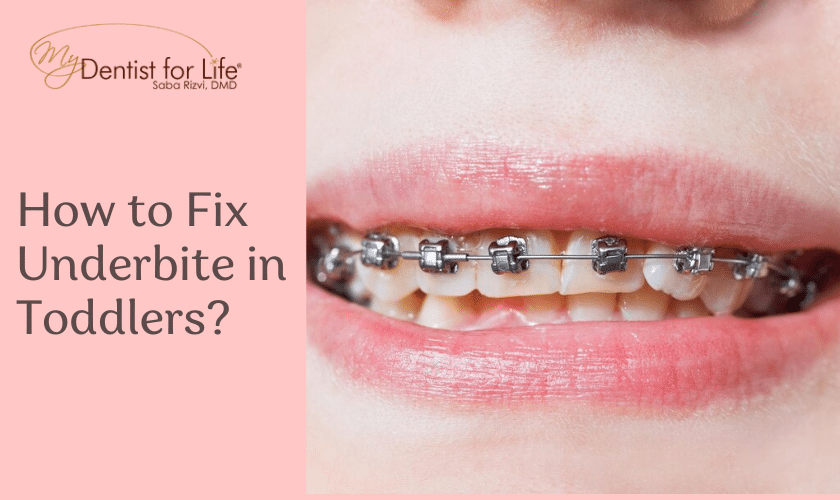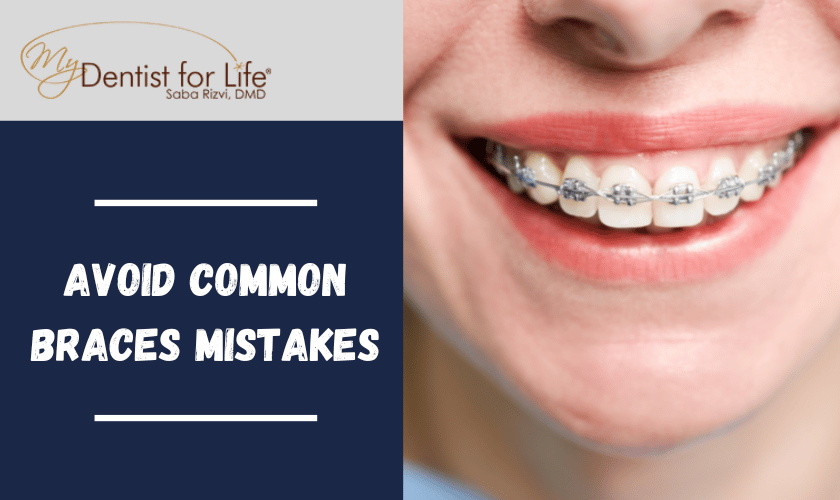ONLINE SCHEDULING AND VIRTUAL CONSULTS AVAILABLE

4 Common Ways To Treat Underbite In Toddlers

Do you have a toddler with an underbite? If so, you may wonder how to fix it and whether your child will require surgery. As parents, we often want the best for our children, which means taking all steps necessary to ensure their healthy growth and development. Fortunately, there are several ways to correct an underbite in toddlers — some of which do not involve drastic measures such as surgery or braces.
In this blog post, we’ll explain what an underbite is and provide sensible tips on how to remedy the problem before it gets any worse. We’ll also cover when intervention from medical professionals might be required. By the end of this blog, you should feel confident in developing a plan to address your child’s unique case and ensure they’re on track for optimal oral health.
What Are The 4 Common Ways To Treat Underbite In Toddlers?
An underbite can be treated and corrected in toddlers with the right approach. To help parents understand the options available, let’s look at four ways to correct an underbite in toddlers.
1. Orthodontic Headgear
Orthodontic headgear is one solution for correcting an underbite in toddlers. This involves wearing a special headpiece that slowly pulls the jaw into its proper position over time. This type of orthodontic treatment usually needs to be worn for 6-10 months and is most effective when combined with other treatments, such as braces or jaw surgery.
2. Braces
Braces are the most common treatment for correcting an underbite in toddlers. Braces will gradually shift the teeth and jaw into their proper alignment over time and may need to be worn for several years, depending on the severity of the malocclusion. The American Association of Orthodontists recommends that children get their first orthodontic evaluation around age 7, as this is when most permanent teeth have come in. It is easier to assess how best to treat any dental issues.
3. Jaw Surgery
In some cases, jaw surgery may be necessary to correct an underbite in toddlers if other treatments are unsuccessful. This type of surgery involves reshaping and realigning the jaw bone, so it fits together properly with the upper teeth and jawbone, allowing them to fit comfortably together when closed or opened. While this type of surgery can be successful, it comes with risks, such as infection or nerve damage, so it should only be considered after your dentist or orthodontist has explored all other options.
4. Palatal Expander
Another option for correcting an underbite in toddlers is a palatal expander which works by widening the upper arch of the mouth over time so that it fits better with the lower arch when closed or opened up wide enough for eating. This type of treatment usually takes about one week per month until the desired shape has been achieved, but it may take longer depending on how severe your child’s underbite is initially.
Final Words
If your toddler has an underbite, several different treatments can help correct it over time. From braces to jaw surgery, you and your dentist can determine which approach would work best for your child’s specific case based on their age and the severity of misalignment. With careful consideration and attention from both you and your dentist/orthodontist, you can ensure that your toddler’s smile becomes straight and healthy again! With these four solutions listed above, you have plenty of options available to help treat your toddler’s underbite! Good luck!




